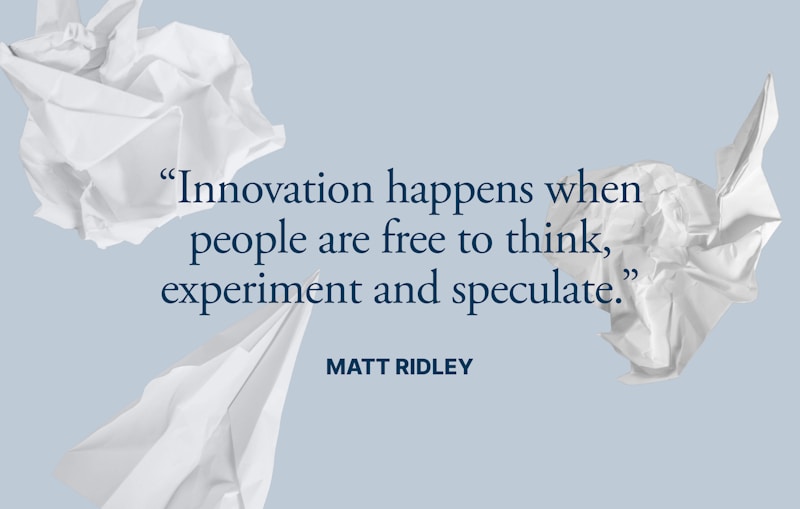Questions and Answers
How does educating girls contribute to economic growth?
By increasing labor force participation
What is one benefit of girl education related to personal development?
Improved leadership skills
What is a key challenge faced by girls in accessing education according to the text?
Cultures viewing educating girls as unnecessary
How do educated women impact health outcomes?
Signup and view all the answers
What is a societal attitude that poses a challenge to female education according to the text?
Signup and view all the answers
What is one of the challenges faced by families living in extreme poverty in relation to girls' education?
Signup and view all the answers
What percentage of primary-aged children were enrolled in school globally as of 2018?
Signup and view all the answers
Which organization aims to achieve full gender parity in education by 2030?
Signup and view all the answers
What do educated girls contribute to, according to research mentioned in the text?
Signup and view all the answers
What is an area of focus for future advocacy efforts to improve girls' education, as mentioned in the text?
Signup and view all the answers
Study Notes
Introduction to Girl Education
Girls' access to quality education is crucial for their personal development, empowerment, and contribution to society. This comprehensive overview will delve into various aspects of girl education, including its benefits, challenges, progress made globally, and future prospects.
Benefits of Girl Education
Educating girls has numerous positive impacts on individuals, families, communities, and societies as a whole. Some key advantages include:
- Improved health outcomes: Educated women tend to have better reproductive health knowledge leading to fewer unwanted pregnancies, improved maternal health care, and lower infant mortality rates.
- Economic growth: Empowered females make significant contributions to economic prosperity by increasing labor force participation and earning higher wages.
- Social transformation: Girls with education can shape societal norms, promote gender equality, and reduce poverty through their collective actions.
- Personal development: A well-rounded education provides opportunities for self-discovery, leadership skills, and confidence building in young girls.
Challenges Faced by Girls in Accessing Education
Despite these clear benefits, several obstacles impede girls from obtaining an education. These challenges include:
- Societal attitudes towards female education: Some cultures view educating girls as unnecessary or even detrimental to a family's honor, especially if it results in high school graduation.
- Poverty: Families living in extreme poverty may struggle to afford basic necessities like food and shelter, making it difficult to prioritize education.
- Lack of infrastructure: In some regions, schools do not exist or lack essential facilities such as toilets or clean water sources, which might deter parents from sending their daughters.
- Early marriage or motherhood: Many countries still practice child marriage, reducing the number of years girls spend in formal schooling before being pulled out due to pregnancy or other responsibilities associated with early matrimony.
Global Progress Towards Girl Education
The global community recognizes the importance of ensuring equal access to education for both boys and girls. Since the turn of the century, great strides have been taken towards this goal:
- Enrollment statistics: As of 2018, 91% of primary-aged children were enrolled in school globally - more than double the rate from 1970. Of those attending classes, 50% are now girls compared to only 39% in 1990.
- Gender parity targets: Several organizations have set goals aimed at achieving full gender parity in education by certain dates, most notably UNESCO which aims to achieve parity by 2030.
- International agreements: Countries worldwide have signed onto international treaty provisions under the Convention on the Elimination of All Forms of Discrimination Against Women (CEDAW), pledging to eliminate discrimination against women and girls in all forms.
- Contributions to peace: Research shows that educated girls are less likely to marry early and become mothers while they are still children themselves; they also contribute significantly to local economies when they stay in school rather than marrying young.
While there exists much work left to be done, these initiatives indicate considerable movement towards improving girls' access to education globally.
Future Prospects
Moving forward, continued advocacy efforts must focus on overcoming remaining barriers to girls' education across different cultural contexts. Additionally, further investment in teacher training programs and curriculum development tailored specifically to meet girls' needs could greatly enhance learning environments and ultimately improve retention rates among girls pursuing secondary and tertiary levels of study.
In conclusion, providing accessible, equitable education for all girls holds immense promise for shaping more inclusive societies where every individual can fulfill her potential without limitation based on sex or socioeconomic status. By addressing the current shortcomings, we can ensure that each generation builds upon the achievements of those before them until universal literacy becomes a reality for everyone regardless of gender identity or background.
Studying That Suits You
Use AI to generate personalized quizzes and flashcards to suit your learning preferences.
Description
Explore the benefits, challenges, global progress, and future prospects of girl education in this comprehensive overview. Learn about the positive impacts of educating girls, obstacles they face, achievements made globally, and measures to further enhance access to education for girls.




